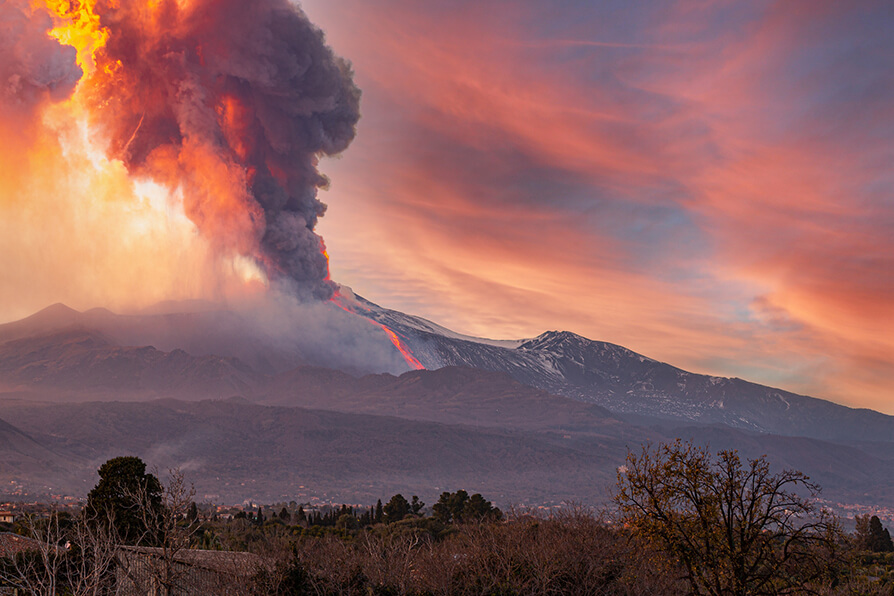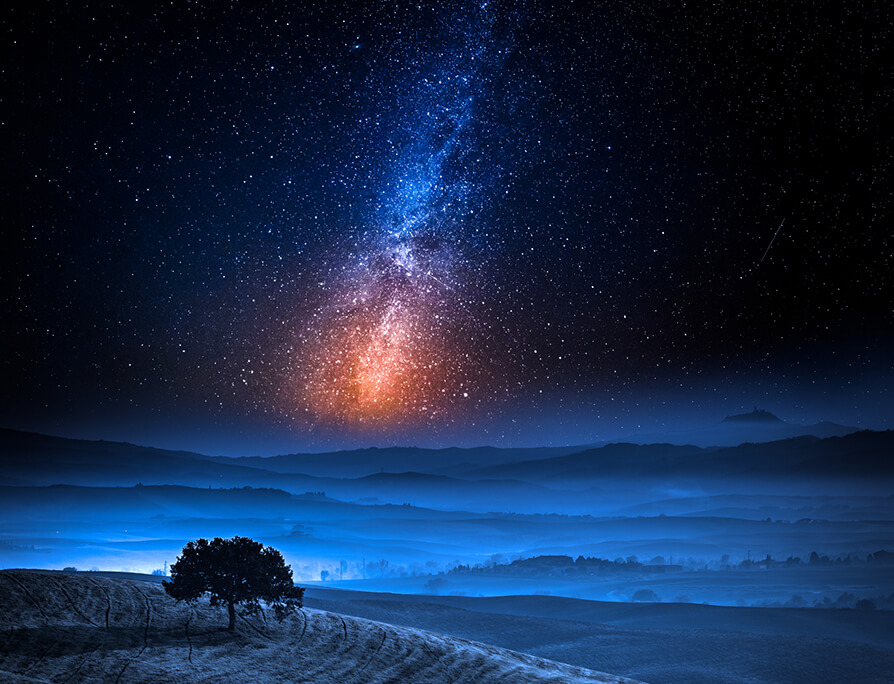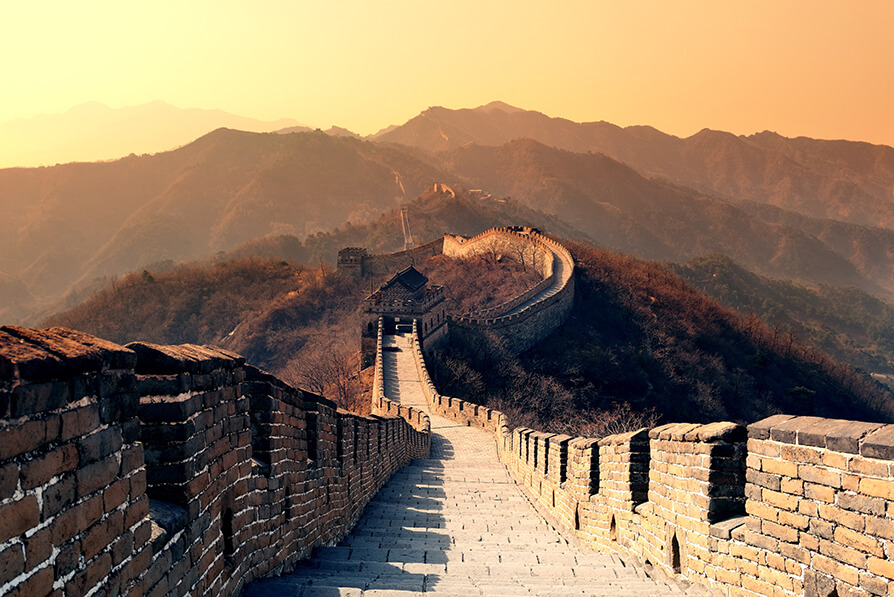Sicilians know it as A Muntagna: nothing but The Mountain. Which other mountain could it be? Etna dominates the skyline of both Messina and Catania, whose combined population of five hundred thousand live with the threat of eruption. The risk is so great that the United Nations has branded Etna a ‘Decade Volcano’, a special category with a heightened potential for destruction. But ask anyone on the island – this month’s eruptions are no great concern. The real influence of the volcano is on the wine.
Volcanic ash falls on vineyards, citrus groves, olive plantations – it is the key component of Sicily’s extraordinary fertility. And to give you a sense of just how much of it falls, local people in the nearby villages of Fornazzo and Giarre have to sweep it from their porches. Over milennia, this has made for a number of distinctive terroirs, low in humus and rich in minerals such as copper, phosphorous and iron. Etna’s famous soil, charred black, is complemented by the unusually high altitude of its vineyards. The average temperature of Sicily has increased by almost a degree since the 1970s, making the microclimate of A Muntagna invaluable: the clouds generated by the mountain allow grapes to reach their perfect ripening point.
This year’s eruption is also excellent marketing. The flame at Etna’s summit has lit up social media, drawing global attention to the vineyards in the shadow of the mountain. Estates across the island advertise the uniqueness of volcanic wines. The Etna Rosso produced at Tenuta delle Terre Nere is described as tasting of ‘pumice stone and smooth grey pebbles’. But with a wine rating of 90, who can argue? All those rocks must be doing something.
Not everything about the mountain, however, is so easily made into good news. As anyone who has driven up Mount Etna knows, this ash can become a thick mud which clogs and damages machinery. February’s lava flow traveled only a mile from the crater, but the risk remains of a catastrophic eruption, such as in 1669, when Catania was almost destroyed, and terrified residents crowded onto boats to escape the molten rock.
Sicilians raise their eyes and shrug. Some even consider an eruption to be good luck. And when the quality of produce is as high as Etna DOC, it’s hard to fault them. While Europe’s most active volcano exists in a constant state of change, its wine retains an age-old quality in 2021, and winemakers will be glad of the publicity that comes with a little harmless lava.



